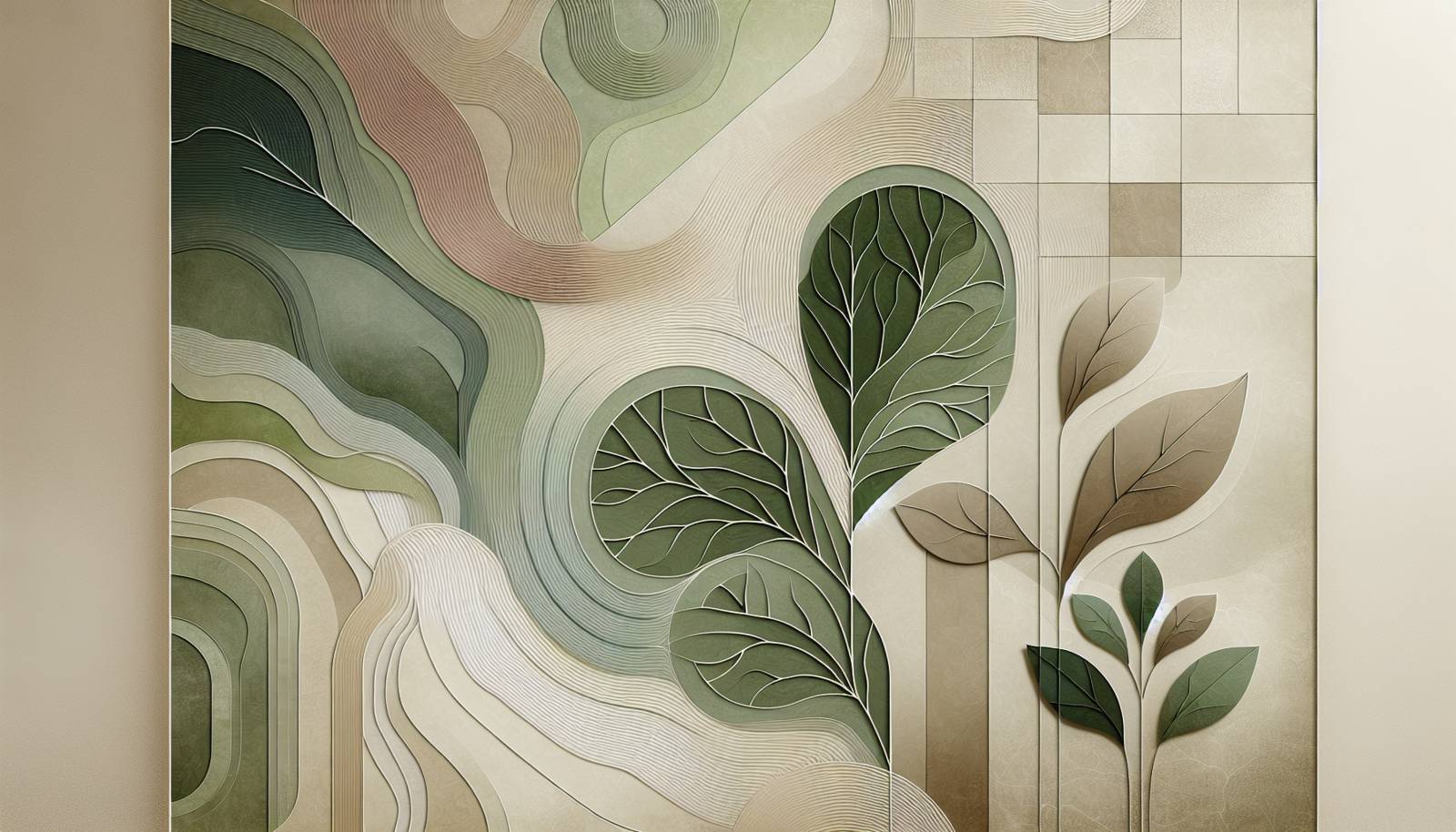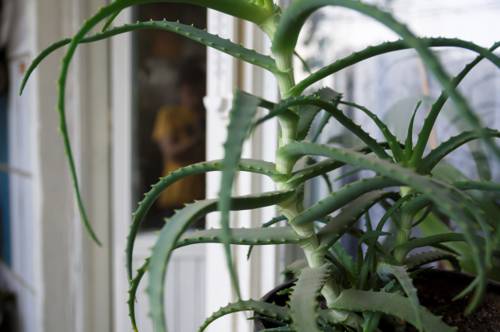
FAQ About Indoor Tree-Like Plant Management

What are some common types of indoor tree-like plants?
Common types of indoor tree-like plants include the Fiddle Leaf Fig (Ficus lyrata), Rubber Plant (Ficus elastica), Dracaena, Weeping Fig (Ficus benjamina), and the Norfolk Island Pine (Araucaria heterophylla). These plants are popular for their lush foliage and ability to thrive indoors with proper care.

How much light do indoor tree-like plants need?
Most indoor tree-like plants thrive in bright, indirect light. However, specific light requirements can vary with the species. For example, the Rubber Plant can tolerate lower light conditions, while the Fiddle Leaf Fig prefers bright, filtered light. It's essential to tailor the light exposure to the specific needs of your plant to ensure healthy growth.

What type of soil is best for indoor tree-like plants?
The ideal soil for indoor tree-like plants is typically well-draining potting mix. Many of these plants, such as ficus varieties, benefit from a mix that includes peat, pine bark, and perlite or vermiculite to enhance drainage and aeration. It's crucial to avoid waterlogged soil, as it can lead to root rot.

How often should I water indoor tree-like plants?
Watering frequency for indoor tree-like plants depends on factors like plant species, pot size, and indoor climate. Generally, it's best to allow the top inch of soil to dry out between waterings. Overwatering can lead to root rot, while under-watering may cause foliage to wilt or drop. Monitor the soil moisture regularly and adjust watering accordingly.

Do indoor tree-like plants need fertilizer, and how often?
Yes, indoor tree-like plants benefit from regular fertilization during their growing season, typically spring and summer. Use a balanced, water-soluble fertilizer every 4-6 weeks to provide essential nutrients. Always follow the manufacturer's instructions to avoid over-fertilizing, which can damage the plant.

How can I prevent pests on my indoor tree-like plants?
To prevent pests on indoor tree-like plants, maintain good cultural practices such as regular cleaning of leaves, avoiding waterlogged soil, and keeping the plant healthy through proper care. Introducing beneficial insects, like ladybugs, can help control pest populations naturally. If pests do become a problem, consider using insecticidal soap or neem oil following the instructions carefully.

What is the best way to prune indoor tree-like plants?
Prune indoor tree-like plants to maintain their shape, remove dead or diseased wood, and encourage bushier growth. Use clean, sharp pruning shears and make cuts just above a node. Regular pruning helps prevent the plant from becoming leggy and encourages more robust, healthy growth.

How should I position indoor tree-like plants in my home?
Position your indoor tree-like plants where they can receive ample light—ideally near east or south-facing windows. Consider the plant's size and growth habit to ensure it has sufficient space to grow. Avoid placing plants near drafts, heating vents, or air conditioners, as these can create environmental stress.

Can I propagate indoor tree-like plants? If so, how?
Yes, many indoor tree-like plants can be propagated, often through cuttings. For plants like the Fiddle Leaf Fig or Rubber Plant, take a healthy stem cutting with at least a few leaves. Place the cutting in water or a moist potting mix until roots develop. Proper care during the rooting process is crucial for success.

How do I choose the right pot for my indoor tree-like plants?
Choose a pot with adequate drainage holes to prevent waterlogging. The pot size should accommodate the plant's current root ball with some room for growth. Materials such as ceramic or plastic are popular choices, though clay pots offer better aeration. Ensure the pot complements your home's aesthetic while meeting the plant's needs.

What are signs of overwatering indoor tree-like plants?
Signs of overwatering include yellowing leaves, wilting despite wet soil, moldy or mushroom-like growths on the soil surface, and a constantly damp potting mix. In severe cases, it may also lead to root rot. If overwatering is suspected, improve drainage and reduce watering frequency to restore plant health.

How do seasonal changes affect indoor tree-like plants?
Seasonal changes can affect light availability, temperature, and humidity, impacting indoor tree-like plants. During colder months, they may enter dormancy, reducing their water and nutrient needs. It's important to adjust care routines, such as reducing watering frequency and moving plants closer to light sources in winter.

Can indoor tree-like plants improve indoor air quality?
Yes, indoor tree-like plants can improve air quality by filtering toxins through their leaves. Plants like the Rubber Plant and Dracaena are known for their air-purifying properties. By converting CO2 into oxygen and removing toxins, they contribute to a healthier indoor environment.

Is it normal for indoor tree-like plants to lose leaves?
It is normal for indoor tree-like plants to shed some leaves as part of their natural growth cycle. However, if leaf loss is excessive, it may indicate underlying issues such as poor light conditions, over or under-watering, or pest infestations. Evaluate the plant's care conditions to identify and resolve the cause.

How do I clean the leaves of my indoor tree-like plants?
Clean the leaves of indoor tree-like plants by gently wiping them with a damp cloth to remove dust and grime. Regular cleaning improves light absorption and reduces pest infestations. For smaller plants, a gentle rinse in a lukewarm shower can also refresh the foliage effectively.

What temperature range is ideal for indoor tree-like plants?
Most indoor tree-like plants thrive in temperatures between 65°F to 75°F (18°C to 24°C). They prefer stable conditions and can suffer if exposed to sudden temperature shifts, cold drafts, or excessive heat. Keeping them away from heating vents and air conditioners helps maintain ideal temperatures.

How do I repot indoor tree-like plants?
Repot indoor tree-like plants every 1-2 years, or when they outgrow their pot. Choose a pot one size larger, and use fresh potting mix. Gently remove the plant, loosen the roots, and replant it at the same depth it was growing before. Ensure proper drainage and water thoroughly after repotting.

What should I do if my indoor tree-like plant has brown leaf tips?
Brown leaf tips can result from several issues, such as dry air, root issues, or excessive fertilization. Increase humidity around the plant or ensure it's not over or under-watered. Trim the brown tips if they are unsightly, and make adjustments to care routines as necessary.

Are there specific humidity levels preferred by indoor tree-like plants?
Most indoor tree-like plants prefer a humidity level of 40%-60%. Dry environments, especially those heated during winter, might require additional humidity through methods like humidifiers or pebble trays. Regular misting can also help maintain appropriate humidity levels for these plants.

What are common pests that affect indoor tree-like plants?
Common pests affecting indoor tree-like plants include spider mites, aphids, mealybugs, and scale insects. Early detection is key to control, often managed with insecticidal soap, neem oil, or safe removal with a swab of rubbing alcohol. Regular monitoring helps prevent large infestations.
